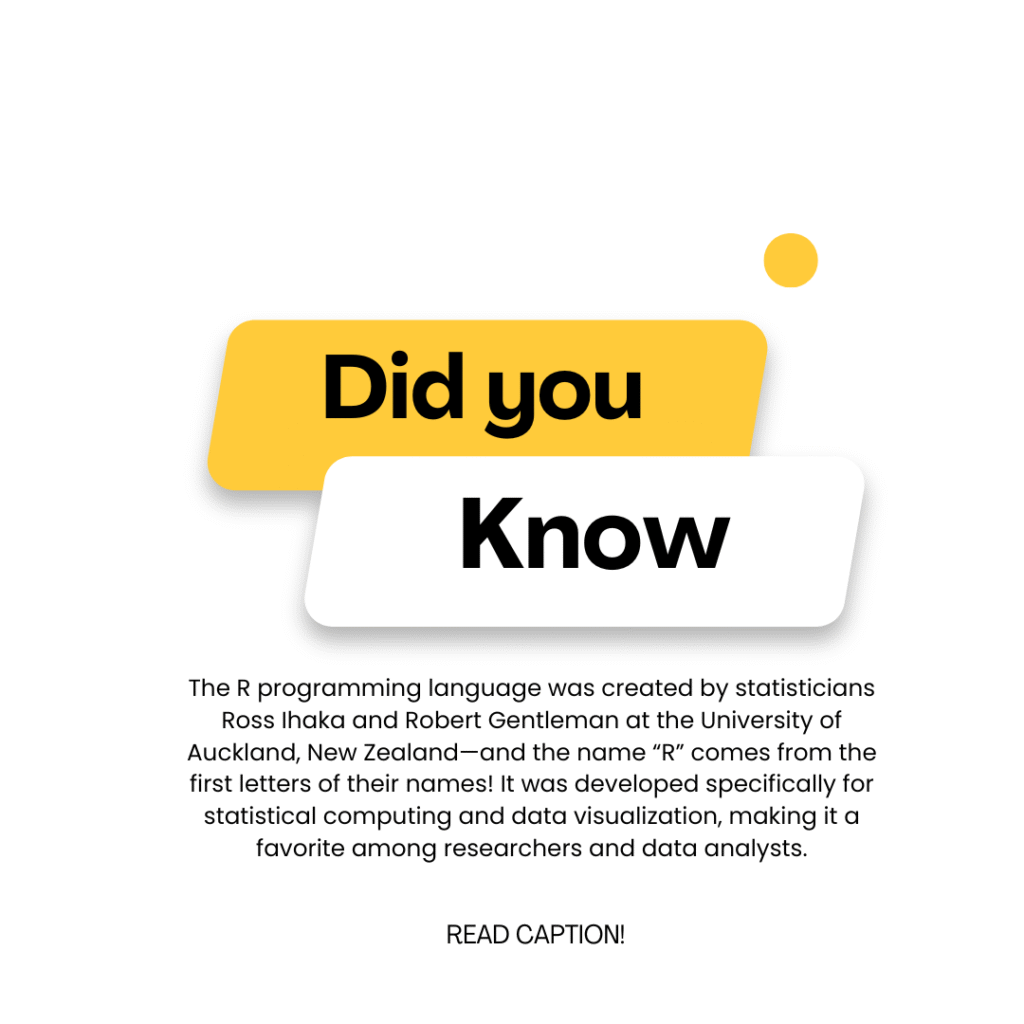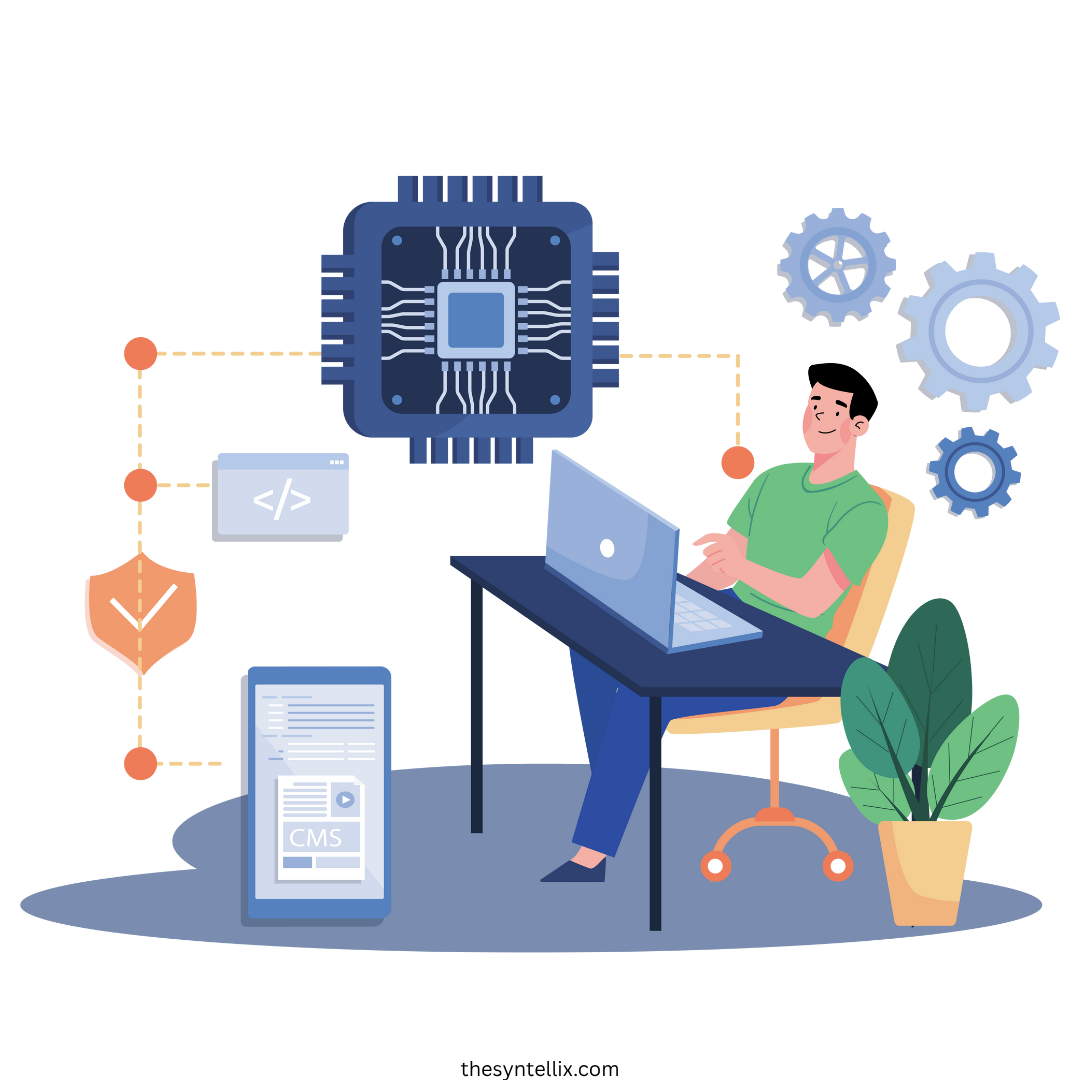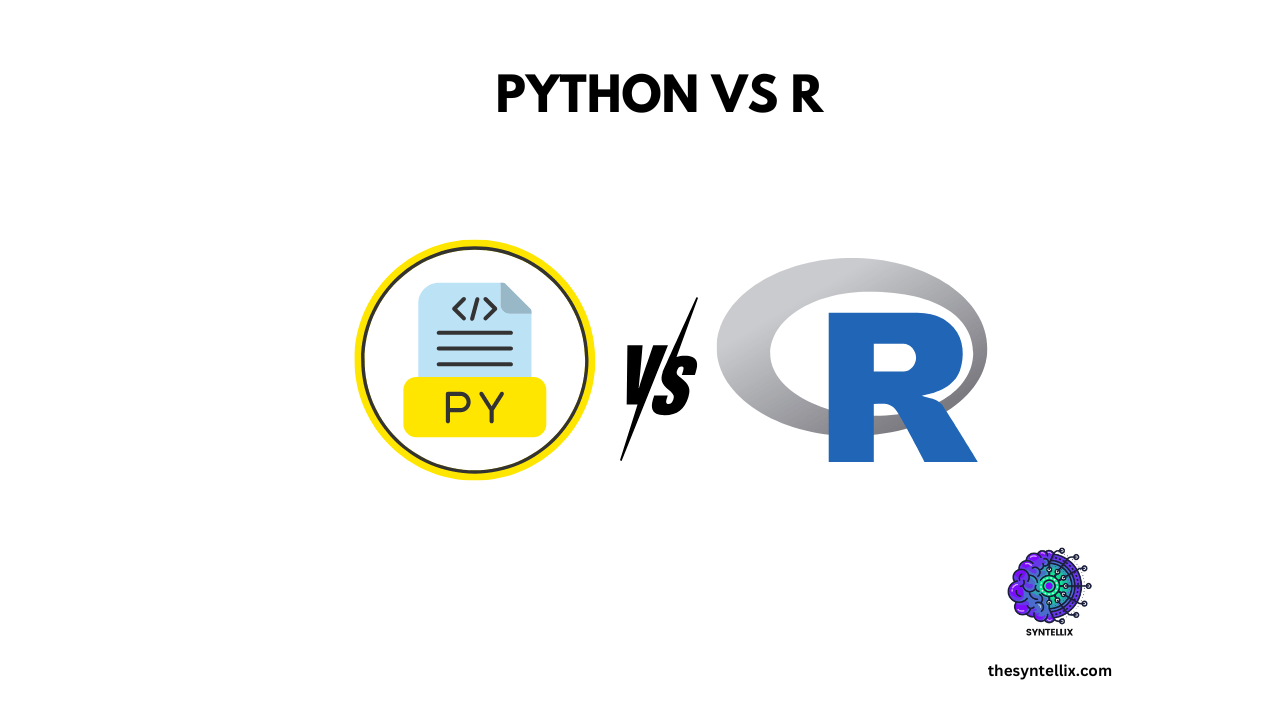So everyone, As you know artificial intelligence continues to revolutionize several industries specifically the software development field. The developers, data scientists, and enterprises are facing difficulty to select the between Python Vs R. Which programming language should you choose for AI—Python or R?. This is the major question raising in tech industry.
Both languages have grown tremendously over the past decade, becoming essential tools in the AI and data science toolkit. Yet, when it comes to building, deploying, and scaling AI systems today, they serve different purposes.
In this blogpost we will explore the comparison of Python vs R, their strengths and ideal use cases to you decide which one best fits to your goals.
Python Overview
Python is a high-level, general-purpose programming language that is well known for its simplicity, readability, and versatility. It is widely used in web development, automation, and more recently, AI and machine learning (ML), thanks to its vast ecosystem of libraries like TensorFlow, PyTorch, and Scikit-learn.
Its strong community support, vast documentation, and seamless integration with web technologies and cloud platforms make it a leading choice for developing and deploying AI applications at scale.

R Overview
R, on the other hand, is a programming language and software environment primarily designed for statistical computing and data visualization. Developed in the early 1990s by Ross Ihaka and Robert Gentleman, R has since become a popular tool among statisticians, data scientists, and researchers.
R excels in data analysis, statistical modeling, and graphical representation of data. Its rich ecosystem—featuring thousands of packages available on CRAN (Comprehensive R Archive Network)—makes it ideal for tasks involving complex statistical techniques, including regression analysis, hypothesis testing, and time-series forecasting.
While R is often favored in academia and research-driven industries, its integration with machine learning tools like caret, randomForest, and xgboost has made it a viable option for certain AI applications. RStudio, an advanced IDE, further enhances the R programming experience by providing a user-friendly environment for coding, plotting, and reporting.
In short, R is a powerful tool for those who prioritize deep statistical analysis and rich data visualizations in their projects.

Python Vs R – Key Differences
| Feature | Python | R |
|---|---|---|
| Primary Use | AI development, machine learning, automation | Statistical analysis, data visualization |
| Learning Curve | Easier for beginners | Steeper, especially for non-statisticians |
| AI Libraries | TensorFlow, PyTorch, Scikit-learn | Caret, randomForest, mlr |
| Visualization | Matplotlib, Seaborn | ggplot2, Shiny |
| Deployment | Strong support for web & production apps | Less suited for deployment |
| Community Support | Larger, rapidly growing | Niche, but strong in academic circles |
| Integration with Big Data | Seamless with Spark, Hadoop, APIs | Possible but less intuitive |
While Python dominates when it comes to AI frameworks and model deployment, R shines in statistical rigor and specialized analysis.
When to Use Python vs R in AI Projects
Use Python if:
If you’re building scalable AI products or developing deep learning models, Python stands out as the ideal language due to its flexibility, ease of use, and vast ecosystem.
Python offers seamless integration with popular web frameworks like Flask and Django, making it easier to deploy machine learning models into production-ready applications.
Its widespread adoption among developers also makes team collaboration more efficient, especially in cross-functional settings involving engineers, data scientists, and software developers.
Moreover, Python beats R in key areas of artificial intelligence such as natural language processing (NLP) and computer vision, thanks to powerful libraries like spaCy, NLTK, Transformers, OpenCV, and TensorFlow.
From building an intelligent chatbot to an image recognition system, Python provides the tools and community support necessary to accelerate development and scale efficiently.
Use R if:
If your primary focus is exploratory data analysis (EDA), statistical testing, or working within research-intensive domains such as bioinformatics or financial analytics, then R may be the better choice.
R was specifically built for statistical computing and offers a wide range of packages for advanced analytics, including tools for hypothesis testing, regression models, and multivariate analysis.
It works best at producing custom visualizations and interactive dashboards using packages like ggplot2, plotly, and Shiny, which are highly valued in academic and research communities.
Moreover, if your team is composed mainly of statisticians, data analysts, or academic researchers, they’ll likely find R’s syntax and built-in statistical functions more intuitive and aligned with traditional statistical workflows.
R’s capabilities in handling complex statistical computations make it a go-to language for professionals looking to generate accurate, reproducible insights in highly data-driven fields.
Many teams even adopt a hybrid approach, using R for data exploration and Python for production-level modeling and deployment.
Performance & Scalability in 2025
Python remains ahead in terms of performance for large-scale AI systems, thanks to optimized libraries like NumPy, support for GPUs via CUDA, and compatibility with cloud platforms such as AWS, Azure, and Google Cloud AI services.
R, while powerful in local or academic settings, lacks robust deployment pipelines. It’s less favored in enterprise-scale AI systems, although packages like parallel, data.table, and Rcpp have improved performance.
In 2025, Python is more adaptable for real-time AI, streaming data, and microservices architecture.
Job Market & Industry Demand
According to recent surveys from Stack Overflow and LinkedIn, Python continues to be the most in-demand language for AI, ML, and data science roles in the U.S. and globally.
- Over 80% of AI-related job listings mention Python.
- R is still preferred in academic and analytical roles, particularly in sectors like finance and healthcare.
| Metric | Python | R |
|---|---|---|
| Job Availability | High (AI, ML, Data Eng.) | Moderate (Academia, Stats) |
| Average Salary (US) | $120,000–$150,000/year | $100,000–$130,000/year |
| GitHub Repositories | 1.5M+ (AI-related) | 300K+ (Data Science) |
If your goal is to build a career in AI or applied machine learning, Python is the more future-proof skill.
Expert Recommendations for 2025
- Choose Python if you’re focused on creating scalable, production-ready AI systems or want to explore deep learning, robotics, or computer vision.
- Choose R if your work revolves around statistical modeling, academic research, or highly specialized data analysis.
Even leading platforms like DataCamp and IBM agree: while R is unbeatable in advanced statistics and beautiful data visualization, Python is king in AI model development and deployment.
Conclusion: Python vs R—Who Wins?
In the battle of Python vs R for AI in 2025, Python emerges as the winner for most real-world applications due to its flexibility, broad AI ecosystem, and scalability.
However, R still has its niche—especially for statistical precision and data visualization. The best choice depends on your background, project goals, and future plans.
Further Reading:
📩 For collaborations, reach out: info@thesyntellix.com
People Also Ask
Is Python better than R?
Python is better for general programming and machine learning, while R excels in statistical analysis and data visualization. The better choice depends on your specific use case.
Can Python do everything R can?
Python can perform most tasks R can, especially with the right libraries. However, R has an edge in specialized statistical and academic work.
Should I learn R if I know Python?
Yes, if you work in statistics-heavy fields like academia, healthcare, or finance. Otherwise, Python alone may be enough for general data tasks.
Is R higher level than Python?
Both are high-level languages, but R is more specialized for statistical tasks, while Python is more versatile across different domains.

Stay ahead of the curve with the latest insights, tips, and trends in AI, technology, and innovation.

